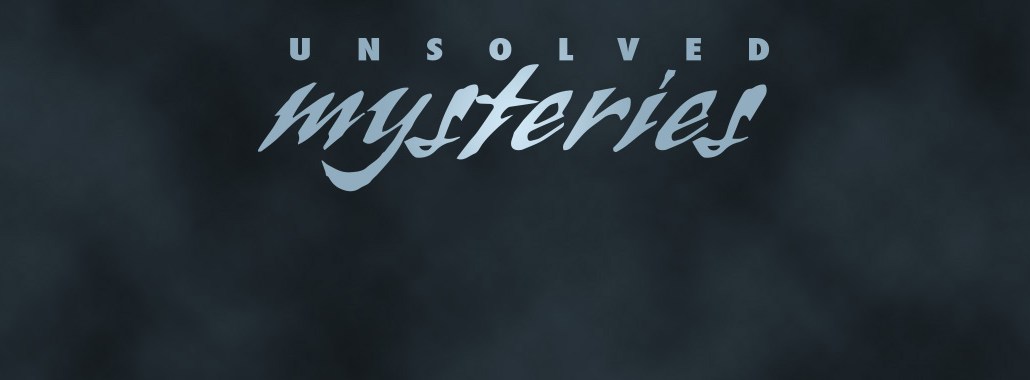Connect with execs from The New York Times, TIME, Dotdash Meredith and many more
Unsolved mysteries: In the age of automation, why are there still so many media buyers?

In 2009, Bob Garfield, an ad analyst and writer, told a roomful of media buyers at the DPAA’s annual Digital Media Summit that they were “doomed.”
It seemed the writing was on the wall: The rise of programmatic advertising and the digitization of the industry were nigh and would, at least in theory, mean fewer jobs for ad buyers. Many people made the analogy to Wall Street trading before it was automated. Trading floors, once filled with people, are now much emptier, with banks slimming down to account for the fact that it takes fewer people to do the job.
In 2013, in a blog post, Maarten Albarda, a former agency executive who also led marketing at brands including Coke and Anheuser Busch-InBev called the phenomenon the “death of the media buyer.”
But a funny thing happened on the way to 2016: Not much has changed. There are still thousands of media buyers. In this edition of unsolved mysteries, we attempt to find out how the media buyer proved to be such a tenacious fixture.
So how many media buyers are there?
Unclear, but it numbers into the thousands at large agencies, according to sources. Major media networks and holding groups including GroupM and IPG declined to comment for this piece.
What do they do?
A survey by Adroll this summer asked agency buyers the effects of ad tech on their jobs. Sixty-five percent “strongly agreed” that buyers were evolving into tech strategists. And 49 percent strongly agreed that buyers were evolving into account managers and creative consultants.
There is a shift, to be sure: Ben Kunz, vp at Mediassociates, said that there are fewer people on the phone spending energy sending out I/Os and that more people are doing “analysis” or “planning.” That means more buyers are looking at optimizing for ROI and analyzing final media plans. And even automated systems need human risk management, said Kunz. “Media buying has evolved into a complex role of media evaluation,” said Kunz.
From a seller’s perspective, the buyer still remains the focus. Mani Gandham, CEO of Instinctive Ads, said that media buyers now set up campaigns themselves (instead of emailing publishers to do so). So programmatic or automation has only optimized parts of the process — like sending I/Os — that didn’t take long to do anyway. But buyers still handle vendors, verify them, buy platforms without APIs.
Is it in an agency’s best interest to solve the issue?
Financially, yes. The biggest cost for agencies is FTEs, or employees. Obviously, cutting down people means cutting costs. One executive on the brand side said that holding companies under financial pressure are now actively asking for “programmatic quotas” so fewer humans will be used to manage inventory in order to lower operating cost.
So why isn’t it happening?
Executives say things just take a while. An executive at a large holding company-owned media buying company said that the agency is in the process of slowly whittling down buyers, but it’ll be another five years before ranks will be thinned enough to matter.
Sources who work in media buying said there is another, slightly more awkward reason: Agencies make money on staffing plans. When agencies and clients agree on scope of work, that contract is often based on how many people, and what level of experience of employee will be working on the account. The more the people, the more money agencies can demand.
“Clients get used to seeing things a certain way,” said Greg March, CEO of Noble People. “”Contracts are signed based on delivery of humans.” And so changing that structure up either may spook a client. “Change is hard.”
But everything isn’t automated.
It isn’t. Programmatic in TV is still far away. Barry Lowenthal, president at the Media Kitchen, which has 105 people, a mix of buyers and planners said that he has fewer people doing media buys but more people overall. As new technology — like augmented reality, for example — shows up with future commercial prospects, buyers are increasingly focused on how to buy on those new platforms and new mediums. “Three years ago, nobody was buying Snapchat. Someone had to figure out how to buy on that platform. It’s less about people going away and more about freeing people up to do other things.”
More in Marketing

WTF is ‘Google Zero’?
The era of “Google Zero” — industry shorthand for a world where Google keeps users inside its own walls — is here.

The next browser wars are here — and AI wants the ad dollars too
Perplexity and OpenAI are getting ready to take on Google’s Chrome, but will need a solid ad business to keep their browsers ticking along.

Vista Equity Partners’ TripleLift implements ‘significant’ layoffs
The latest round of layoffs is understood to have impacted all departments at the SSP across multiple geographies.





